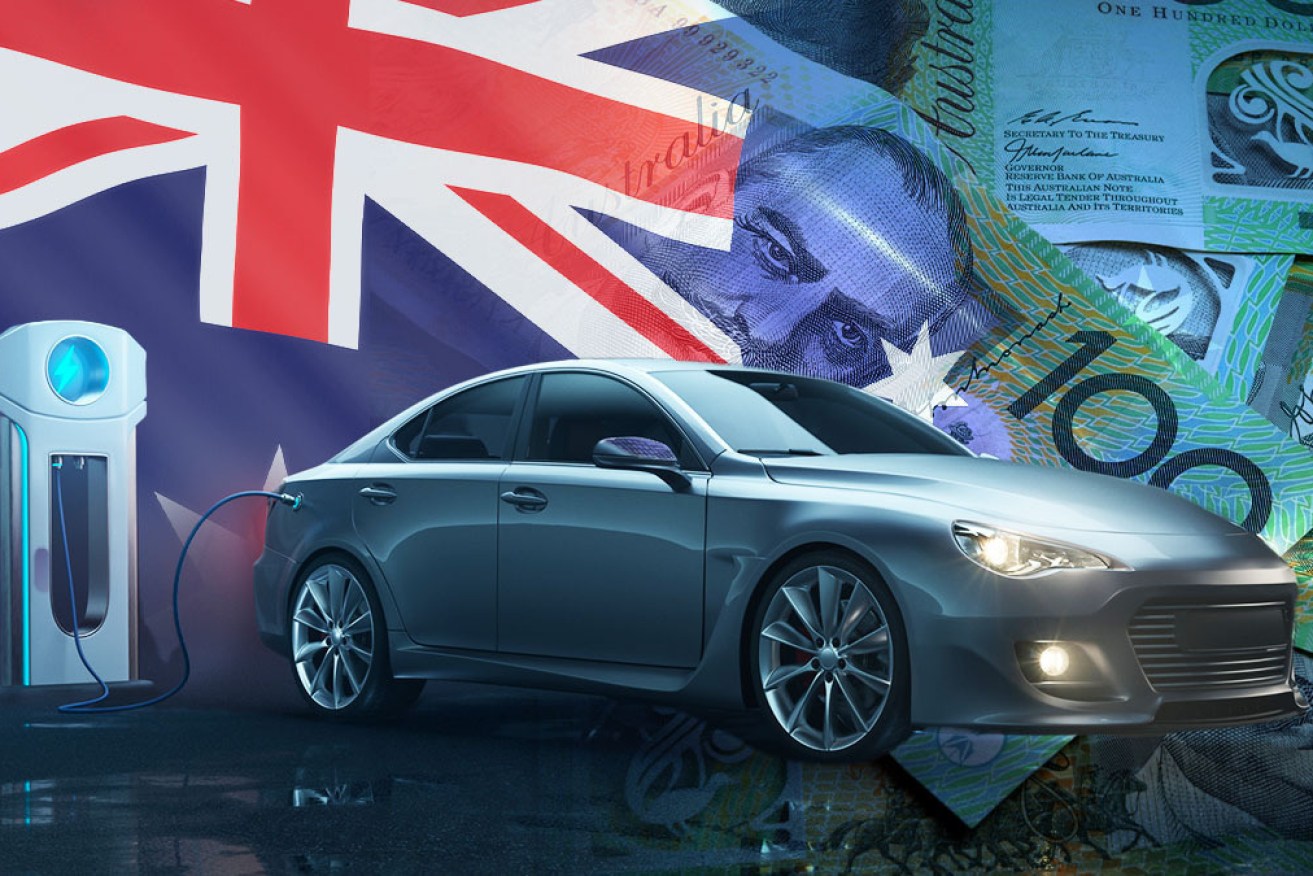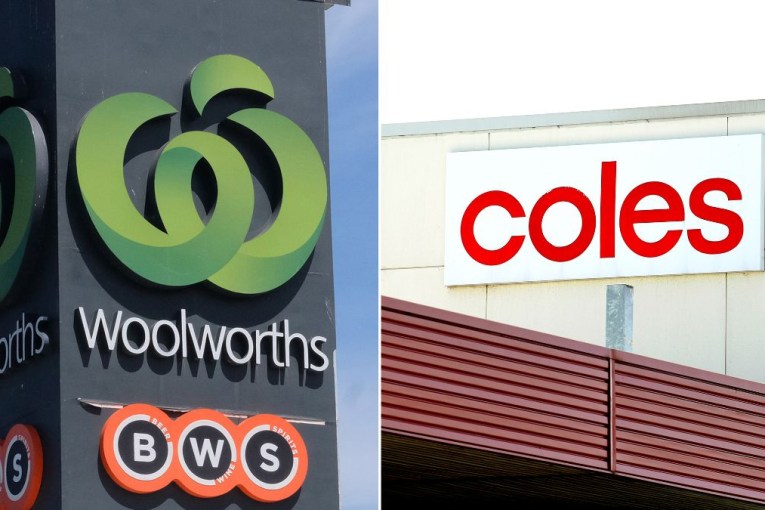Australians must buy a million electric vehicles a year by 2035: Grattan


Australia needs to drastically change its EV policies, a new report finds. Photo: TND
Australia must increase its annual electric vehicle sales from just 7000 to more than a million by 2035, according to new research.
Failing to hit that target would lead to insufficient reductions in transport emissions and force the nation to adopt costly solutions like mass car buybacks in order to reach net-zero emissions by 2050.
The warning comes from a report released on Monday by the Grattan Institute, which argued the Morrison government should effectively outlaw new petrol and diesel car sales by 2035 through the introduction of a new emissions standard.
Doing so would mean a drastic increase in electric vehicle (EV) sales and could make the upfront cost of cars more expensive than they otherwise would be.
But Grattan’s energy program director Tony Wood said motorists should save money overall.
“These vehicles will be cheaper to operate,” Mr Wood told The New Daily.
“The costs are coming down and the quality of what you get is going up, [and] we can expect these things will become cheaper to buy.”
Huge emissions hurdle
It’s not every day that a think tank recommends a complete change to how everyday Australians get from point A to point B. But the stakes are high.
If it is to have a good chance of reaching net zero by 2050, Australia must remove 5 million tonnes of emissions from the transport sector every year from 2030 to 2050, Grattan analysis concluded.
That’s almost as much as the impact of COVID-19 on transport in 2020.
It will be “very difficult” to achieve net zero by 2050 otherwise, Mr Wood said, because light vehicles account for 12 per cent of annual carbon emissions.
In other words, in the absence of rolling coronavirus lockdowns for the next two decades, Australians must all start driving zero-emissions cars – and by 2035, at the very latest.
How will we get there?
An emissions standard sets limits on the amount of pollution cars are permitted to emit.
Grattan wants to make it effectively illegal to sell new petrol and diesel cars – including hybrids – by introducing a standard that would tighten over time until 2035.
After that point, only zero-emissions vehicles like EVs would meet that standard.
The think tank also recommended scrapping the luxury car tax for EVs as well as state government stamp duties on their sale.
This would help to lower upfront costs for motorists and encourage more Australians to make the switch, Mr Wood said.
The National Construction Code should also be changed to ensure homes are built with electric car charging infrastructure in mind, Grattan said.
Electric vehicles: Carrot and stick
Still, an emissions standard would mean selling more than a million new electric vehicles each year, based on current levels of new car sales.
And EVs currently only account for about 0.7 per cent of new car sales.
It begs the question: Who’s going to pay for all these new cars?
The cheapest EV in Australia costs about $7500 more than the average price of a new petrol or diesel car, which was about $40,000 in 2020 (Canstar data).
But electric vehicles are projected to become cheaper and also offer savings through lower fuel and maintenance costs.
Meanwhile, previous research on the costs of a light-vehicle emissions standard by the Climate Change Authority found it could increase the upfront cost of a car by $1500 but deliver a $8500 saving over the life of an average vehicle.
Tax relief could also help lower upfront costs for budding EV owners, but Jake Whitehead, an EV expert at the University of Queensland, said additional “carrot and stick” policies are needed to encourage widespread adoption.
“An emissions standard itself won’t be enough,” Dr Whitehead told TND.
Dr Whitehead said that policymakers must wipe $7000 to $8000 off the sticker price of new EVs as a ‘carrot’ to convince Australians to buy them.
Victoria and NSW have some subsidies, but about $4000 per vehicle is needed from the Commonwealth to drive widespread adoption, he said.
To help fund these subsidies, a tax could be used as a good policy ‘stick’.
“We should certainly be looking to increase the cost of petrol vehicles on the basis that they’re producing pollution,” Dr Whitehead said.
“Increase the tax on more-emitting vehicles and cross subsidise the less-emitting vehicles.”
Grattan did not recommend subsidies or an outright tax on petrol cars in its report and said carbon pricing was politically fraught in Australia.
Mr Wood said an emissions standard would lower the price of EVs by prompting global manufacturers to start selling their lower-priced cars in Australia, rather than the heavier-polluting vehicles currently offered.
“If the government does want to spend money, do it by building the infrastructure. If you have more charging infrastructure, more people will want to buy electric vehicles,” Mr Wood said.
“[But] if you do subsidies, make sure you target it at the lower end of the cost spectrum.”









